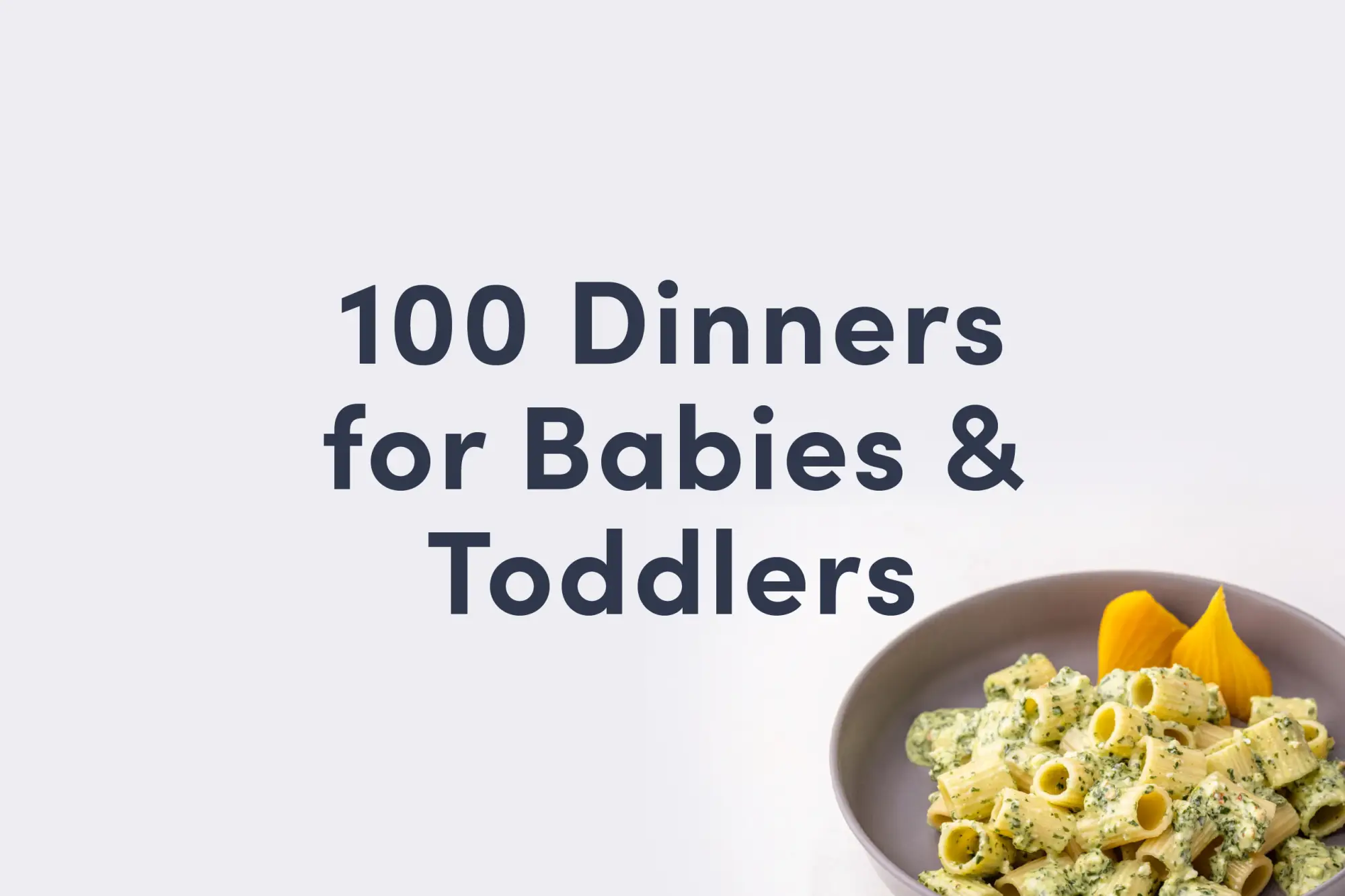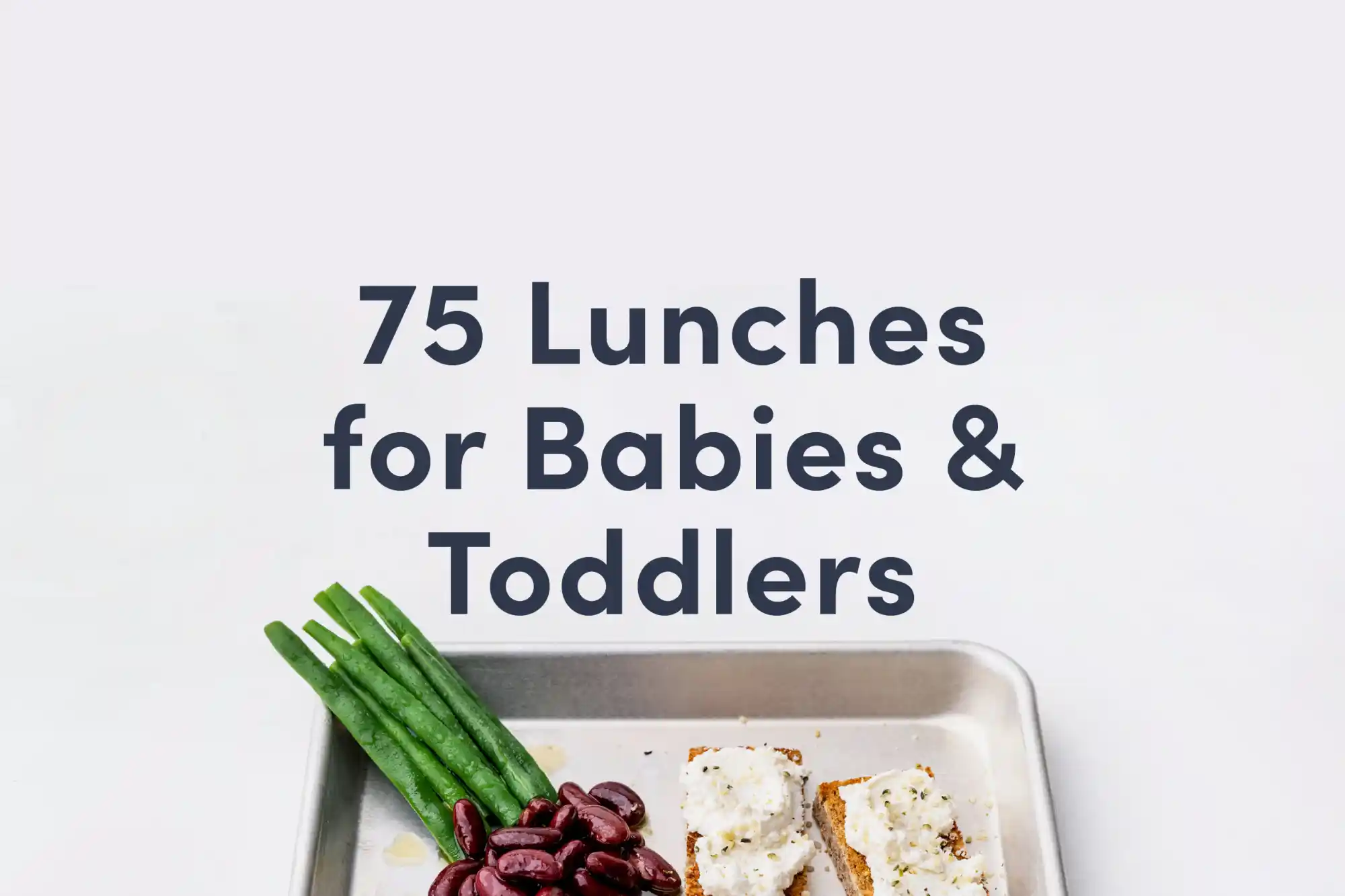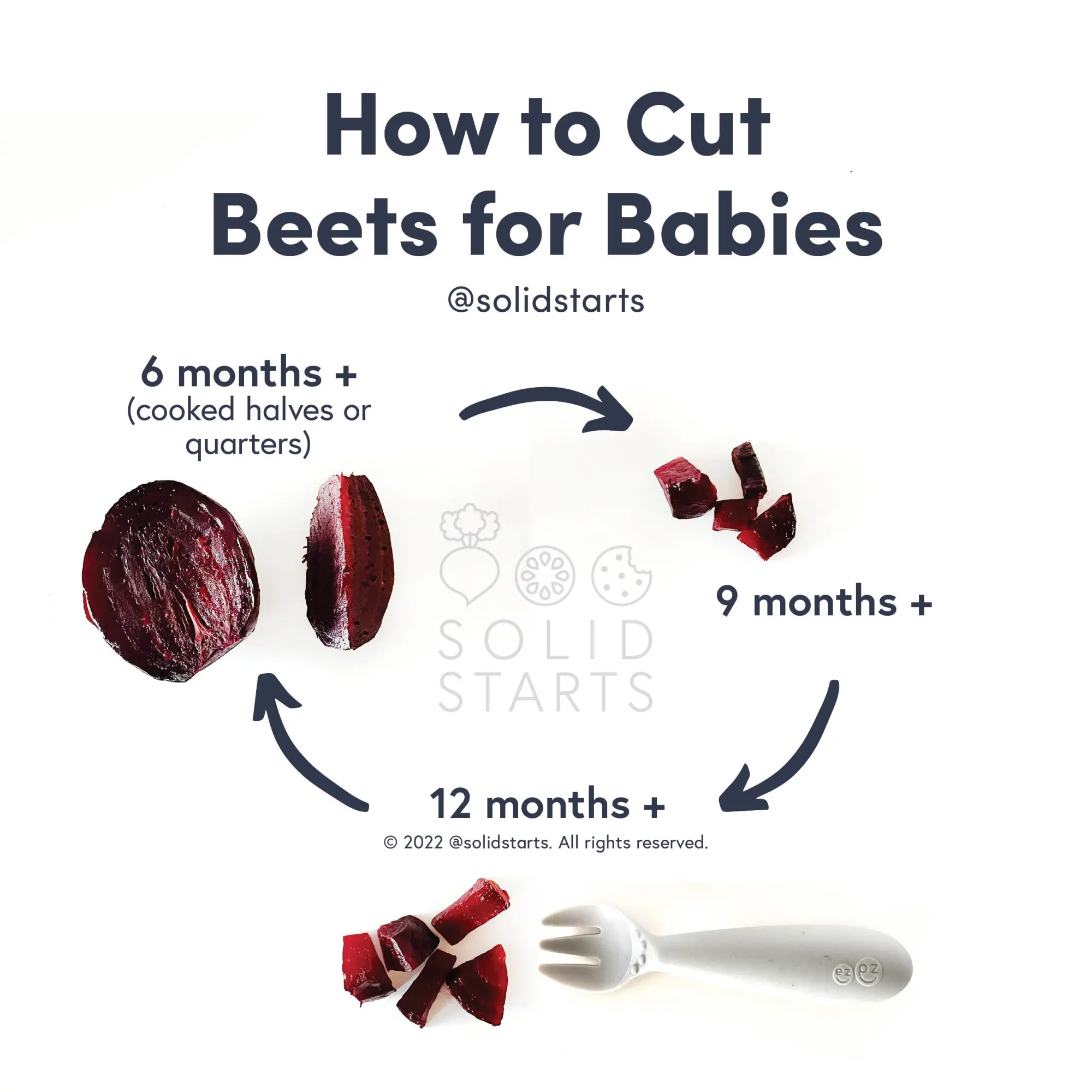Beet (Beetroot)
Vegetable
Age Suggestion
6 months
Iron-Rich
No
Common Allergen
No

When can babies have beets?
Beet (beetroot) may be introduced as soon as baby is ready to start solids, which is generally around 6 months of age.
Thousands of years ago, humans learned to cultivate the taproot of a wild plant whose leafy greens had served as a source of nutrient-rich food in the fertile lands bordering the Mediterranean Sea for ages. That evolutionary milestone paved the way to the modern beet that we know today: a bulbous, colorful root vegetable that can be eaten raw, cooked, or preserved.
Are beets healthy for babies?
Yes. Beets of all colors are rich in carbohydrates, fiber, and fluid, in addition to folate, potassium, vitamin C, zinc, and a dash of iron. These nutrients work together to provide energy for movement and exploration, support for the digestive system, and hydration. They also support brain development, electrolyte balance, iron absorption, immunity, taste perception, and more.
Since beets are rich in fiber, they can contribute to some gas and temporary digestive discomfort as the bacteria in baby’s intestines process the fibers. Fortunately, over time, the digestive system adapts when fiber-rich foods are offered regularly and in amounts that baby individually tolerates, and some gas is completely normal. It is also normal for baby’s poop to turn red after eating beets.
★ Tip: Beets can take a long time to cook, so look for pre-cooked, canned, or pre-packaged beets if you’d like to save time in the kitchen.
Are beets a common allergen?
No. Beet allergies are rare, though an individual could be allergic to any food in theory.
As you would do when introducing any new food, start by offering a small amount for the first few servings. If there is no adverse reaction, gradually increase the amount served over future meals.
Are beets a choking hazard for babies?
Yes. Beets, especially when undercooked or raw, are very firm and slippery, qualities that increase the risk of choking. To reduce the risk, prepare and serve beet in an age-appropriate way as described in the How to Serve section. As always, make sure you create a safe eating environment and stay within an arm’s reach of baby during meals.
Learn the signs of choking and gagging and more about choking first aid in our free guides, Infant Rescue and Toddler Rescue.
Videos
Do I need to worry about the nitrates in beets?
No. Offer vegetables that contain nitrates (arugula, beets, carrots, lettuce, spinach, and squash to name a few) as part of a variety of foods in the diet. Nitrates are naturally-occurring compounds which, if consumed in excess, may negatively affect oxygen levels in the blood. That said, babies who are allowed to self-feed typically do not consume excessive amounts of solid food because they need lots of practice to learn how to eat it. Nitrates in vegetables are generally not a cause for concern, and the benefits of introducing vegetables as part of a balanced diet typically outweigh the unlikely risk of excessive consumption.
How do you serve beets to babies?
Every baby develops on their own timeline, and the suggestions on how to cut or prepare particular foods are generalizations for a broad audience.
6 months old +:
Cook the whole beet until it is completely soft and mashes easily when pressed gently between thumb and pointer finger, then peel and discard the skin. If the beet is larger than baby’s mouth, you can serve it whole or cut it in half. Alternatively, mash the beet, especially if the beet is on the smaller size (as many pre-packaged beets are). Remember, it’s normal and harmless for red beets to change the color of baby’s poop and urine to bright red.
9 months old +:
Offer quartered pieces of beet, cooked until they are soft and mash easily when pressed gently between thumb and pointer finger, with the skins removed. At this age, babies develop the pincer grasp (where the thumb and pointer finger meet), which enables them to pick up smaller pieces of food. When you see signs of this development happening, try offering bite-sized pieces of cooked beet or grated raw beet on its own for baby to try to pick up. If you like, you can also continue with whole or halved cooked beets for practice taking accurate-sized bites.
12 months old +:
Continue serving beets that have been cooked until soft and mashable, cut into halves, quarters, or bite-sized pieces. At this age, you can serve cooked pieces or raw shreds of beet as part of mixed dishes like warm cereals, salads, and stews. If you have not introduced a fork yet, this is a good time to do so, and cooked, soft beet is a great food for fork practice. Offer bite-sized pieces of cooked beet and pre-load the child’s utensil as needed. Be patient: consistent, independent use of utensils may not happen until after the 2nd birthday.


How to prepare beets for babies 6 months +
How to prepare beets by baby's age
Starting solids is a messy business—read our Tips for Minimizing the Mess.
Written by
Expert Tips Delivered to Your Inbox
Sign up for weekly tips, recipes and more!
The content offered on SolidStarts.com is for informational purposes only. Solidstarts is not engaged in rendering professional advice, whether medical or otherwise, to individual users or their children or families. No content on this site, regardless of date, should ever be used as a substitute for direct medical advice from your doctor or your medical or health professional, nutritionist, or expert in pediatric feeding and eating. By accessing the content on SolidStarts.com, you acknowledge and agree that you are accepting the responsibility for your child’s health and well-being. In return for providing you with an array of content “baby-led weaning” information, you waive any claims that you or your child may have as a result of utilizing the content on SolidStarts.com.









